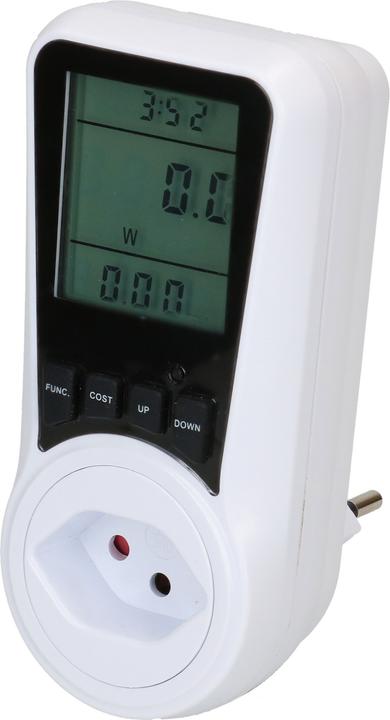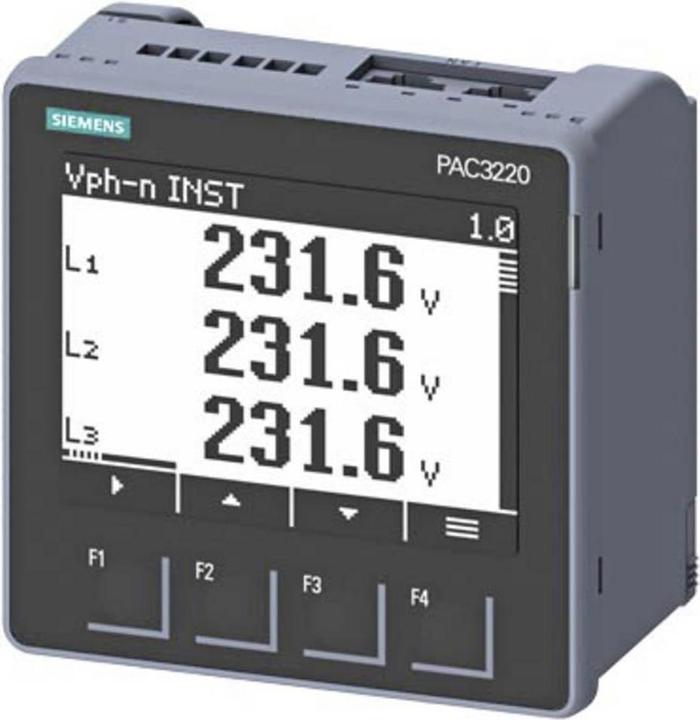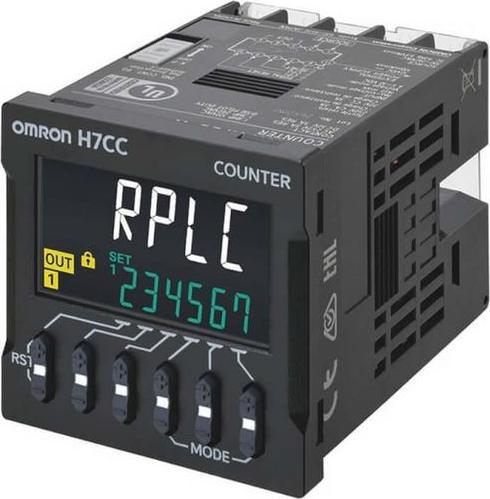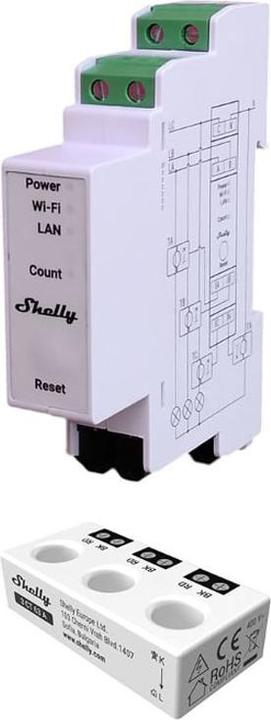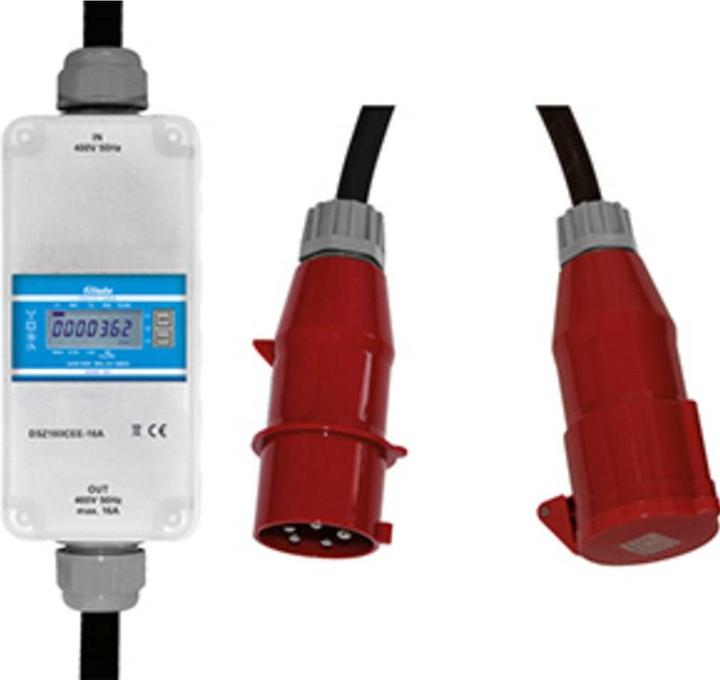
Too Many Energy Monitors? Here's How to Choose the Right One
Explore five essential factors to consider when selecting the ideal energy monitor for your needs.
Last updated 6 days ago. Automatically generated content.


Select options and limit the number of products
Energy meter type determines how an energy monitor measures and reports power consumption, influencing accuracy and functionality. Choosing the right type ensures efficient monitoring tailored to specific needs, whether for simple usage tracking or comprehensive analysis.
Popular options (you can select more than one)
Energy meter
Typical price
89.– to 320.–Measures electricity consumption, providing data on power usage over time.
Ideal for households and small businesses looking to track and reduce energy consumption effectively.
Bestseller
Multifunction measuring device
Typical price
190.– to 640.–Offers comprehensive monitoring, including voltage, current, and power quality measurements.
Suitable for complex systems requiring detailed analysis for optimization and management.
Bestseller
Operating hours counter
Typical price
35.– to 100.–Records the cumulative operation time of devices and equipment.
Perfect for maintenance scheduling, ensuring timely service and reducing downtime.
Bestseller
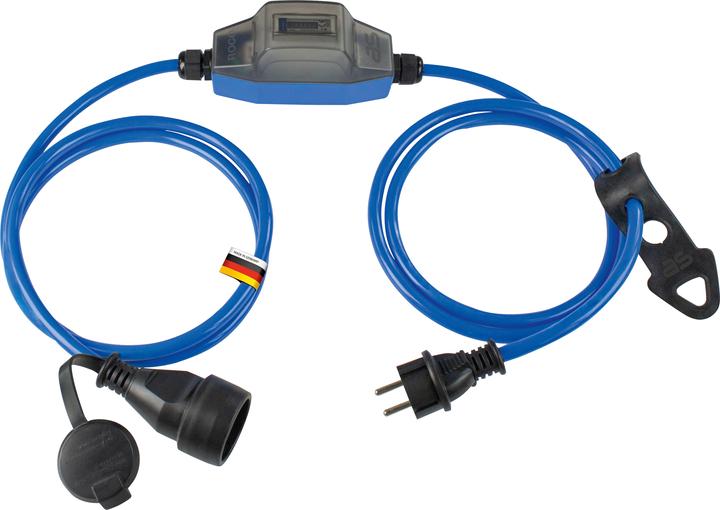
As - Schwabe AS Schwabe 61757 Alternating current meter analogue 16A MID-compliant: Yes 1pc.
The protection type (IP code) indicates the level of protection that an energy monitor has against solids and liquids, ensuring its durability and reliability in various environments. Choosing the appropriate IP code is crucial for preventing damage to the device and ensuring its functionality in specific conditions, such as exposure to dust or water.
Popular options (you can select more than one)
IP20
Provides protection against fingers or small objects but not against water.
Suitable for indoor use where the device is not exposed to moisture or dust, ensuring safe operation in a controlled environment.
Bestseller
IP65
Offers complete protection against dust and resistance to low-pressure water jets.
Ideal for environments where the device is exposed to dust and occasional water, such as workshops or outdoor areas.
Bestseller
IP66
Ensures full dust-tight protection and resistance to high-pressure water jets.
Recommended for harsh environments, including areas with heavy dust or direct exposure to water, ensuring robust performance and longevity.
Bestseller
Nominal voltage refers to the standard operating voltage range of an energy monitor, determining its compatibility with electrical systems. Choosing the appropriate nominal voltage is crucial for ensuring accurate measurements and safe operation of the device.
Popular options
Up to 240 V
Typical price
51.– to 230.–Suitable for most residential settings, aligning with standard household voltage levels.
Ideal for home users seeking to monitor energy usage efficiently without electrical system modifications.
Bestseller
241 - 323 V
Typical price
120.– to 440.–Designed for industrial or specialized environments where higher voltage levels are standard.
Recommended for businesses or facilities that require precise monitoring of energy consumption in high-voltage applications.
Bestseller
324 - 400 V
Typical price
150.– to 400.–Supports very high-voltage systems, typical in heavy-duty industrial contexts.
Perfect for large-scale operations needing robust energy monitoring to manage substantial power demands.
Bestseller
Maximum current refers to the highest electrical current an energy monitor can handle. It is crucial to ensure compatibility with your electrical system and prevent overloads, ensuring safe and efficient energy monitoring.
Popular options
Up to 32 A
Typical price
100.– to 520.–Suitable for smaller residential setups or devices with lower energy consumption.
Ideal for monitoring basic household appliances, offering safety and efficiency without overloading circuits.
Bestseller
33 - 65 A
Typical price
89.– to 240.–Designed for medium-sized residential or commercial systems with moderate energy demands.
Provides reliable monitoring for environments with multiple high-consumption devices, balancing efficiency and safety.
Bestseller
66 - 85 A
Typical price
140.– to 320.–Supports large-scale systems or industrial setups requiring high energy capacity.
Best suited for extensive energy monitoring needs, ensuring robust performance and preventing circuit overloads.
Bestseller
Choosing the right brand for energy monitors can significantly influence user experience and device reliability. Trusted brands like Steffen, Shelly, and Brennenstuhl offer varied features, durability, and precision, which are critical in ensuring efficient energy monitoring.
Popular brands (you can select more than one)
Steffen
Known for robust build quality and reliable performance.
Ideal for users seeking durability and long-term use in various settings.
Bestseller
Shelly
Recognized for innovative smart technology integration.
Perfect for tech-savvy users interested in advanced energy management solutions.
Bestseller
Brennenstuhl
Offers a wide range of energy monitors with user-friendly interfaces.
Suitable for those prioritizing ease of use and straightforward installation.
Bestseller
Voltcraft
Famous for precision in measuring and monitoring energy consumption.
Recommended for professionals needing accurate data for analysis and reporting.
Bestseller
Max Hauri
Known for its cost-effective solutions without compromising on quality.
Great for budget-conscious consumers looking for reliable basic features.
Bestseller

